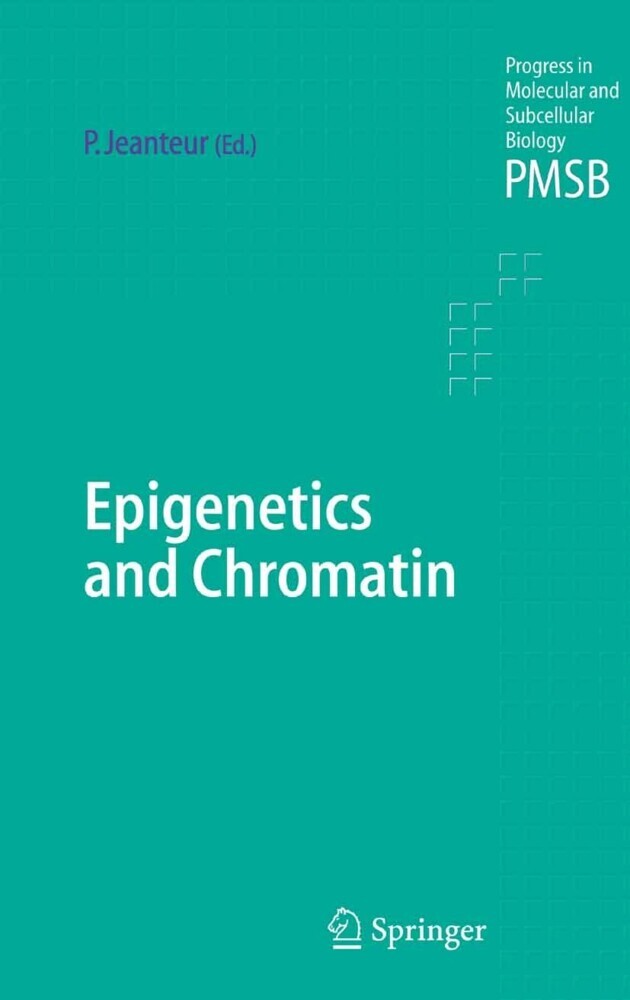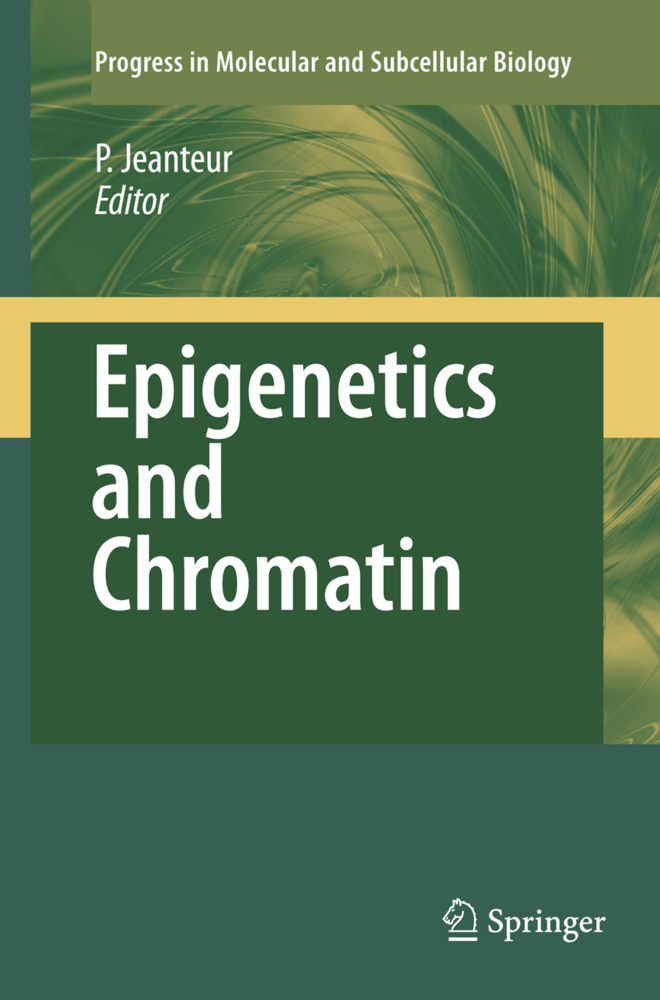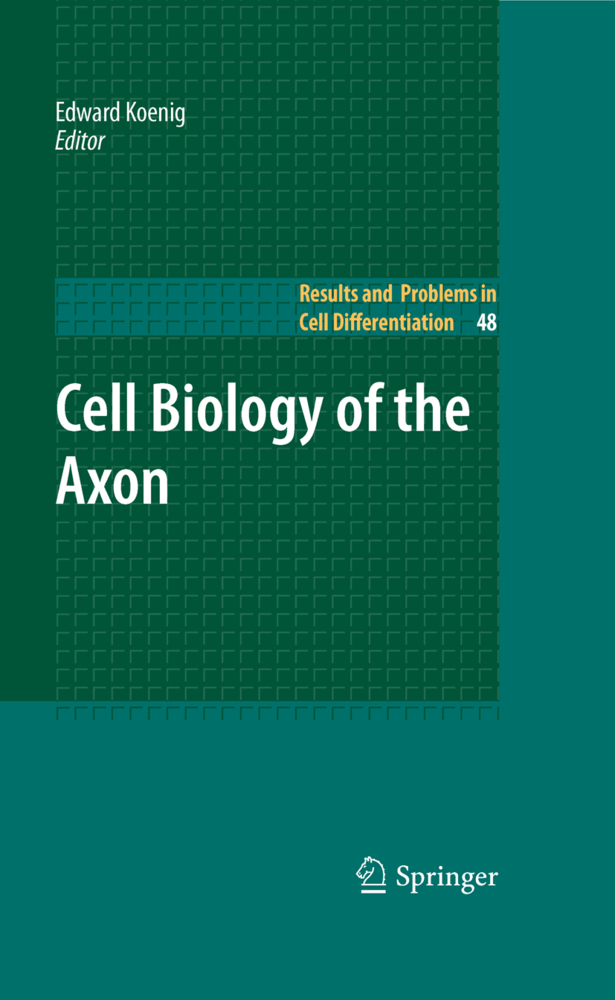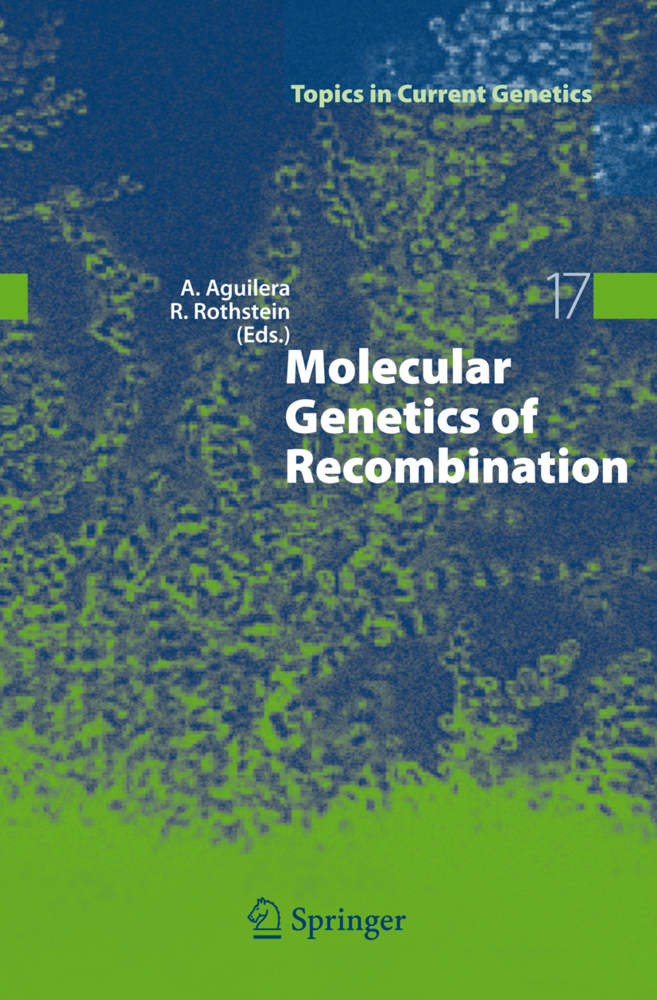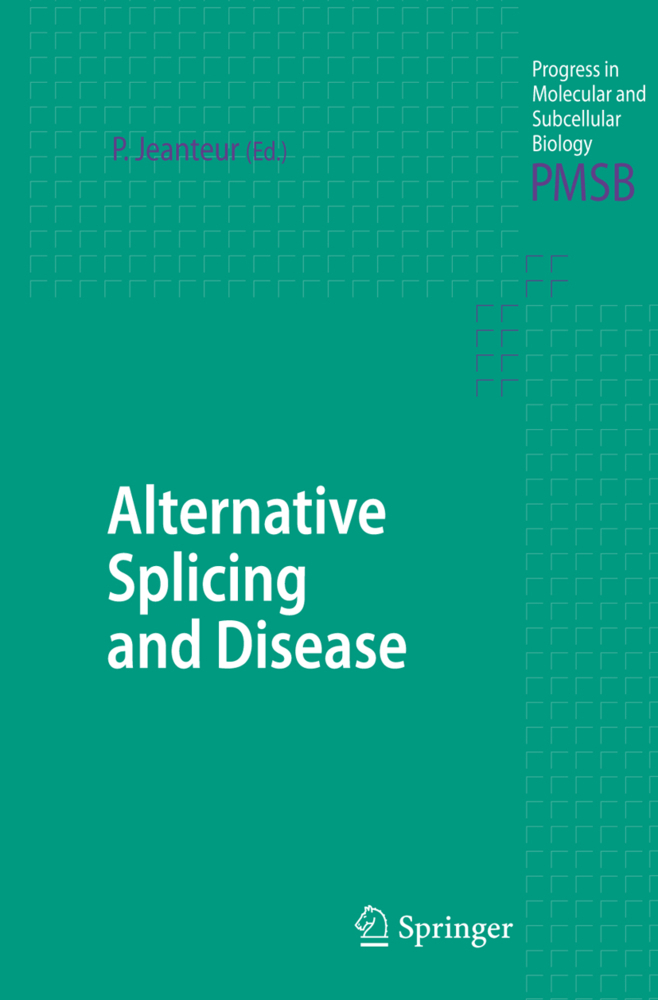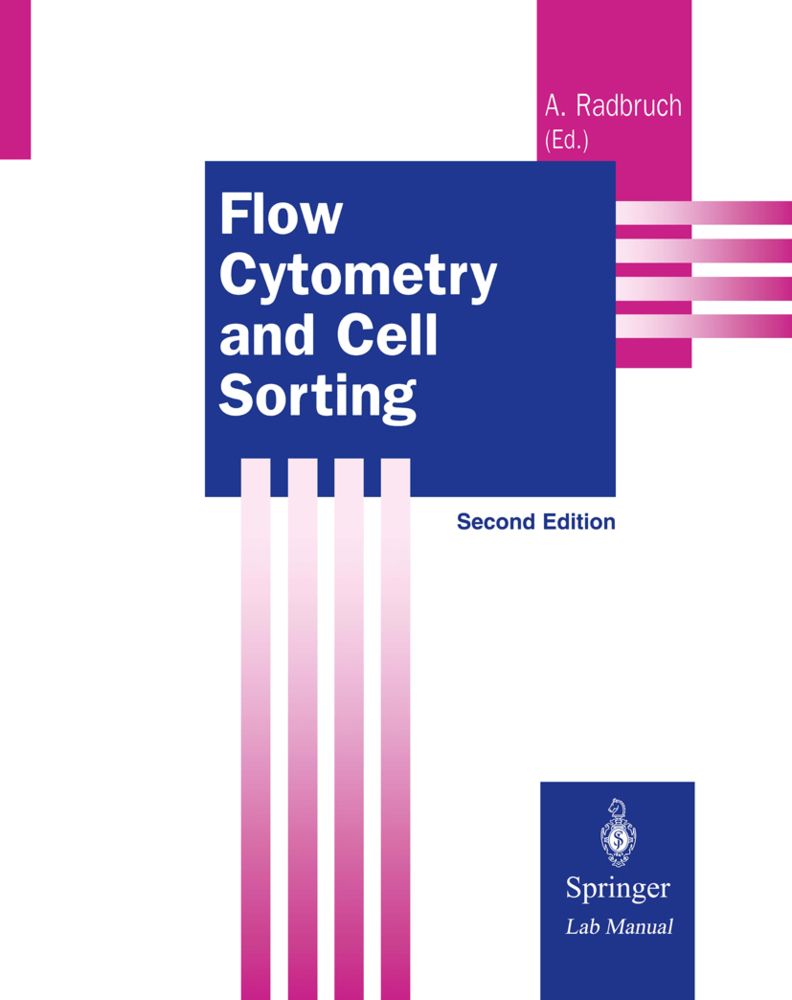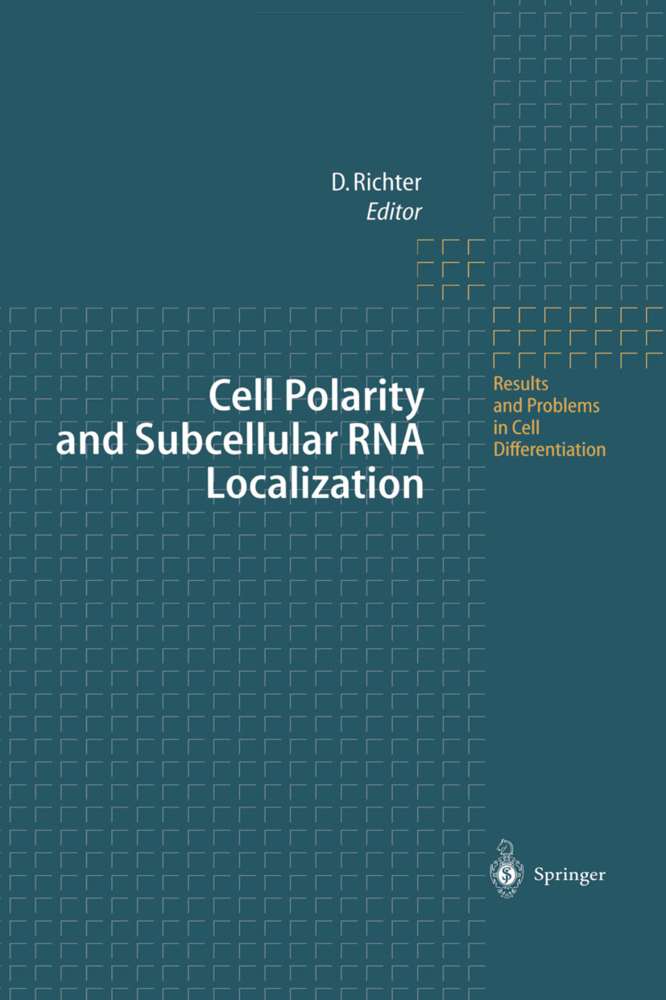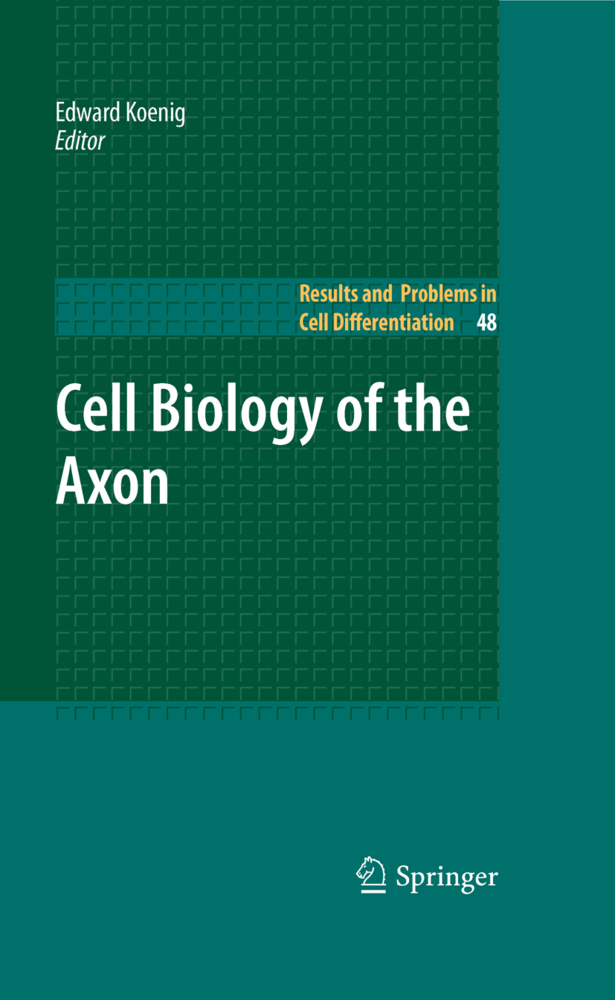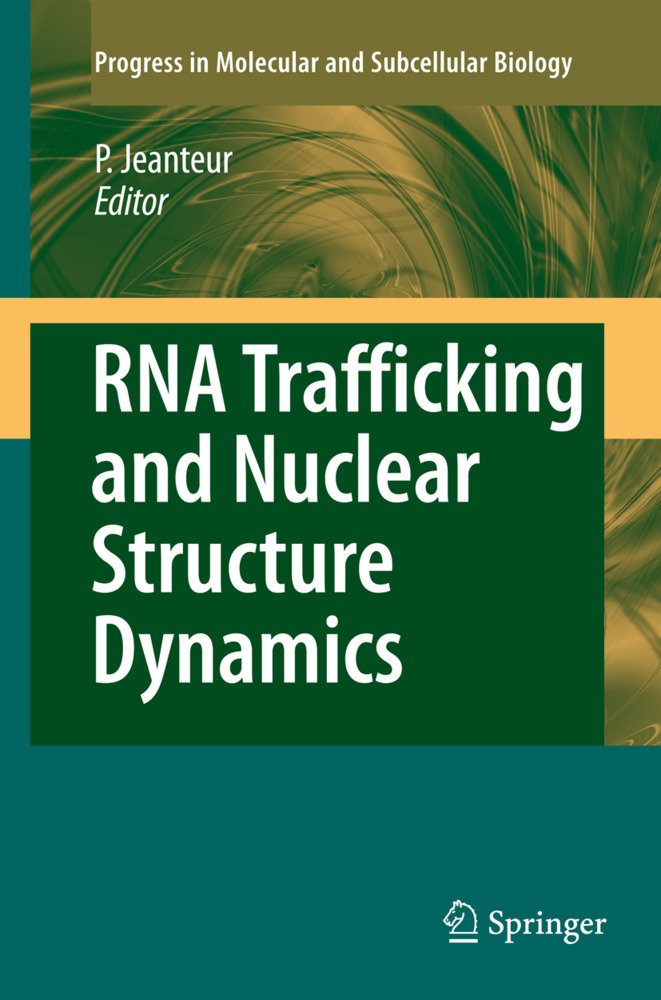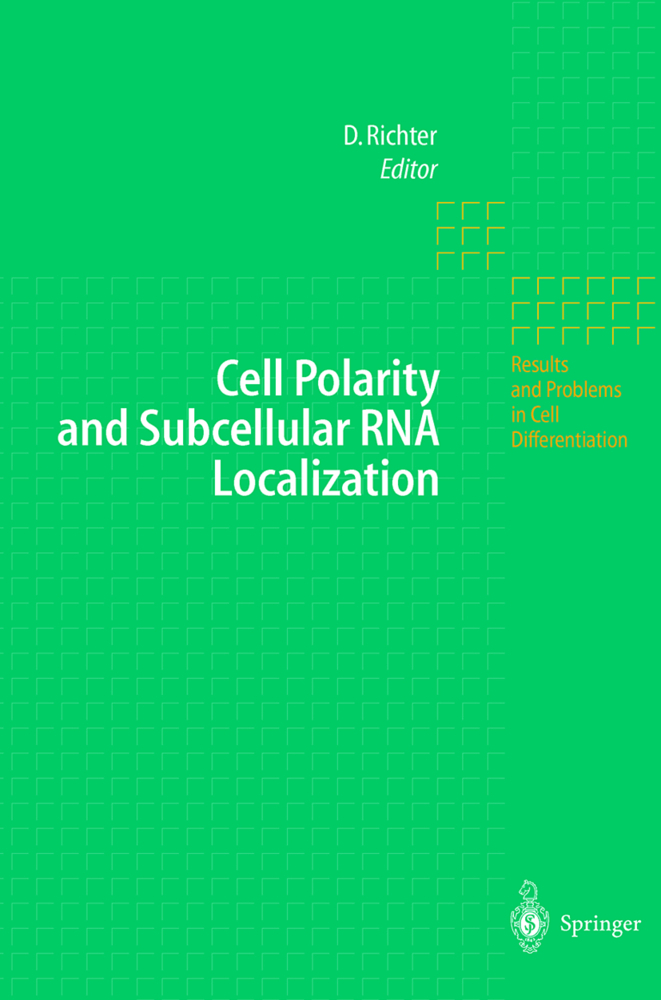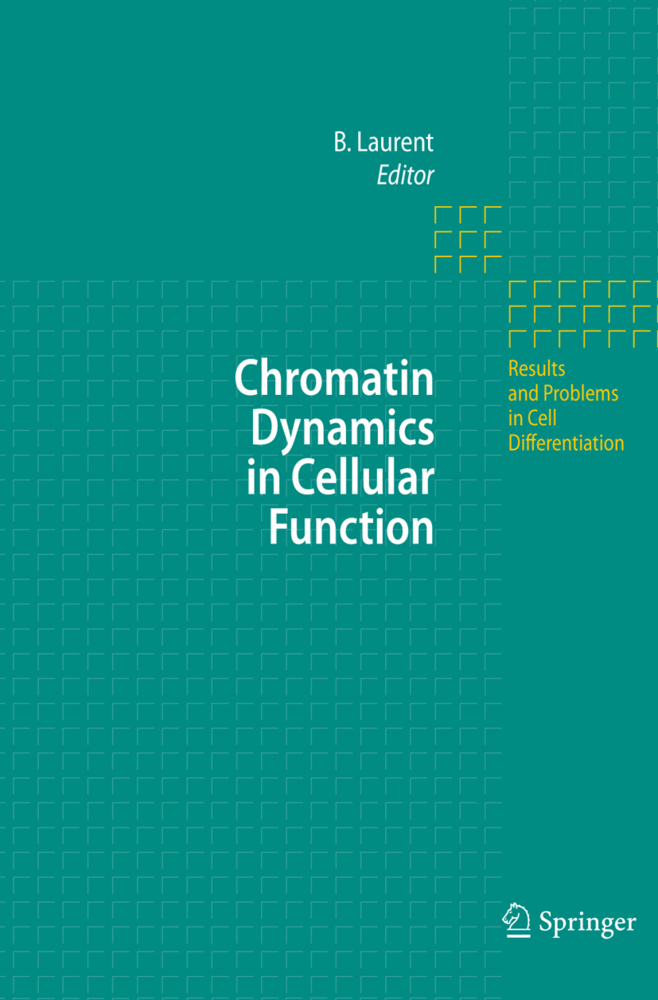Epigenetics refers to heritable patterns of gene expression which do not depend on alterations of genomic DNA sequence.
This book provides a state-of-the-art account of a few selected hot spots by scientists at the edge in this extremely active field. It puts special emphasis on two main streams of research. One is the role of post-translational modifications of proteins, mostly histones, on chromatin structure and accessibility. The other one deals with parental genomic imprinting, a process which allows to express a few selected genes from only one of the parental allele while extinguishing the other.
1;Preface;6 2;Contents;8 3;Chromatin Remodeling Factors and DNA Replication;15 3.1;1 Introduction;15 3.2;2 Chromatin and Chromatin Remodeling Factors;16 3.3;3 Chromatin Structure and DNA Replication;19 3.4;4 Chromatin Assembly;21 3.5;5 Histone Modifications and Chromatin Replication;27 3.6;6 ATP-Dependent Chromatin Remodeling Factors in Chromatin Replication;28 3.7;7 The Assembly of Higher Order Chromatin Structures;33 3.8;8 PCNA, a Central Coordinator of Epigenetic Inheritance;34 3.9;9 Mechanisms of Epigenetic Inheritance Through Chromatin: Conclusion;35 3.10;References;35 4;Epigenetic Inheritance of Chromatin States Mediated by Polycomb and Trithorax Group Proteins in Drosophila;45 4.1;1 Introduction;45 4.2;2 Proteins of the Polycomb Group of Genes;47 4.3;3 Proteins of the Trithorax Group;60 4.4;4 Modes of Inheritance;68 4.5;5 Concluding Remarks;69 4.6;References;70 5;How to Pack the Genome for a Safe Trip;78 5.1;1 Introduction;78 5.2;2 Synthesis of Histone Variants;80 5.3;3 Histone Modifications;84 5.4;4 Transition Proteins;87 5.5;5 Final Components of the Sperm Chromatin;88 5.6;6 Mechanisms Controlling Post-Meiotic Chromatin Reorganization: A General Discussion;90 5.7;7 Concluding Remarks;95 5.8;References;97 6;Chromatin Modifications on the Inactive X Chromosome;103 6.1;1 Introduction;103 6.2;2 Features of Xi Chromatin;104 6.3;3 Chromatin at the Xic;113 6.4;4 Genes that Escape X-Inactivation;115 6.5;5 Developmental Regulation of X-Inactivation;117 6.6;6 Chromatin Features of the X Chromosomes Prior to X- Inactivation;123 6.7;7 Conclusion;126 6.8;References;127 7;Chromatin Mechanisms in Drosophila Dosage Compensation;135 7.1;1 Introduction;135 7.2;2 The MSL Complex;136 7.3;3 Targeting, Assembly and Spreading of the MSL Complex;145 7.4;4 Cracking the Code X;148 7.5;5 Molecular Mechanism of Dosage Compensation;150 7.6;6 The Origin and Evolution of the MSL Complex;153 7.7;References;155 8;DNA Methylation in Epigenetic Control of Gene Expression;162 8.1;1 Introduction;162 8.2;2 Changes in Gene-Specific Methylation Patterns During Early Embryo Development;164 8.3;3 Effect of Methylation on Gene Expression;165 8.4;4 DNA Methylation and Genomic Imprinting;170 8.5;5 DNA Methylation and Disease;173 8.6;6 Concluding Remarks;174 8.7;References;174 9;The Epigenetic Breakdown of Cancer Cells: From DNA Methylation to Histone Modifications;179 9.1;1 Introduction;179 9.2;2 What Is Responsible for DNA Methylation and for How Deregulation Occurs?;181 9.3;3 Is Methylation Specific to the Tumor Type?;183 9.4;4 Connecting DNA Methylation Changes with Transcription: Chromatin Mechanisms;184 9.5;5 Can We Reactivate Epigenetically Silenced Genes? Towards Epigenetic Therapy;188 9.6;References;188 10;Developmental Regulationof the b-Globin Gene Locus;192 10.1;1 Introduction;192 10.2;2 The b-Globin Clusters and Their Ontogeny;193 10.3;3 Models for Studying the b-Globin Locus;194 10.4;4 The LCR Is Required for High-Level Expression;195 10.5;5 The Role of Individual HS;197 10.6;6 Gene Competition and the LCR Holocomplex;198 10.7;7 The b-Globin Locus Resides in a Regionof Tissue-Specific Open Chromatin;199 10.8;8 The Role of Insulators;200 10.9;9 Intergenic Transcription;201 10.10;10 Intergenic Promoters;202 10.11;11 Histone Modification and Developmental Globin Gene Expression;203 10.12;12 The Role of Intergenic Transcription;204 10.13;13 The Cell Cycle Connection;205 10.14;14 The Corfu Deletion;206 10.15;15 Higher Order Folding and Long-Range Regulation;207 10.16;16 Nuclear Organization;208 10.17;17 Summary Model;209 10.18;References;210 11;Epigenetic Regulation of Mammalian Imprinted Genes: From Primary to Functional Imprints;216 11.1;1 Introduction;216 11.2;2 Imprinting Evolution;217 11.3;3 Characteristics of Mammalian Imprinted Genes;220 11.4;4 Epigenetic Control of Imprinted Genes;221 11.5;5 The Parental Genomic Imprinting Cycle;225 11.6;6 Conclusion;234 11.7;References;235 12;Seed Development and Genomic Imprinting in Plants;246 12.1;1 Introduct
Jeanteur, Philippe
| ISBN | 9783540273103 |
|---|---|
| Artikelnummer | 9783540273103 |
| Medientyp | E-Book - PDF |
| Copyrightjahr | 2005 |
| Verlag | Springer-Verlag |
| Umfang | 266 Seiten |
| Sprache | Englisch |
| Kopierschutz | Digitales Wasserzeichen |

